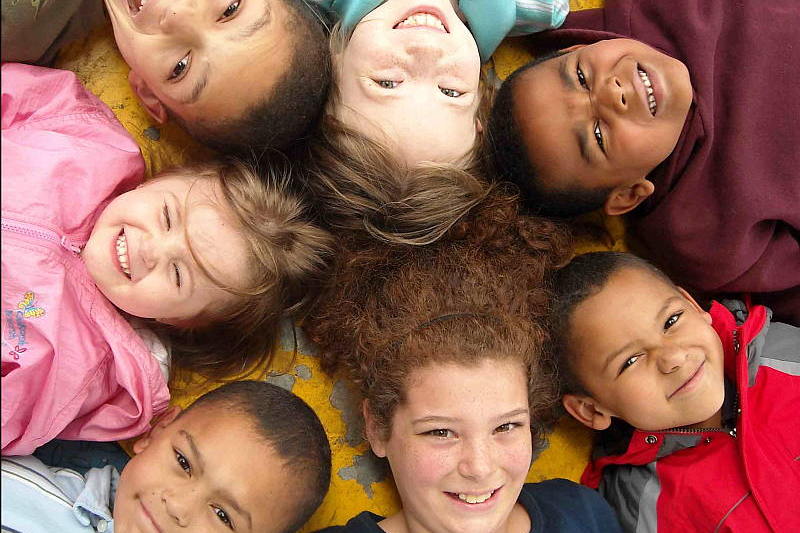
Pityriasis alba is a harmless skin condition commonly appearing in children and teenagers. It is more noticeable in people with darker skin colour. It is a pigmentation issue that manifests as round or oval, slightly scaly white or pale pink patches that suddenly appear on the face or body. These patches tend to become more obvious when a child or teen has spent time out in the sun.
Dermatologists categorise pityriasis alba as a form of dermatitis. In this condition, skin irritation is related directly to the temporary loss of pigmentation (or colour) in the skin. The exact causes for the condition are thought to include:
- Heat and humidity
- Soaps and detergents
- Garments abrasive to the skin- wool and synthetic clothes
- Sandpits
- Hot water
- Frequent washing
Most children and teens that experience asthma, hay fever and incidences of atopic dermatitis will be more prone to pityriasis alba.
Signs and Symptoms of Pityriasis Alba
A dermatologist will recommend the most appropriate methods for ‘self care’. It is best to use non-soap cleansers and gentle moisturisers on the affected patches and surrounding skin to relieve irritation. It is also important to avoid sun exposure and apply sun block to the child’s skin. A topical steroid may also be beneficial to control any persistent or severe itching and redness.
If the issue does not appear to be resolving itself in a few days, it may be necessary to trial more aggressive therapy. A stronger prescription cream may be required to help alleviate any of the skin surface irritation. Generally, pityriasis alba is an easy condition to address and will disappear as the child gets older.
If you have any questions or concerns about pityriasis alba contact your local doctor, who will arrange for you to see a dermatologist. Contact us today.